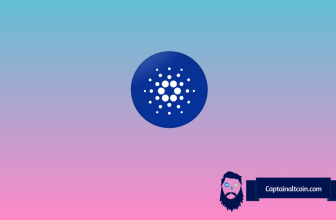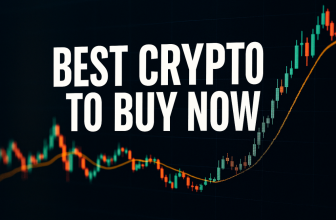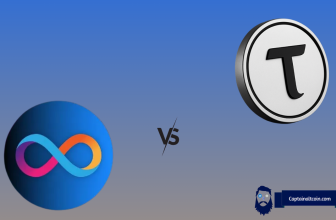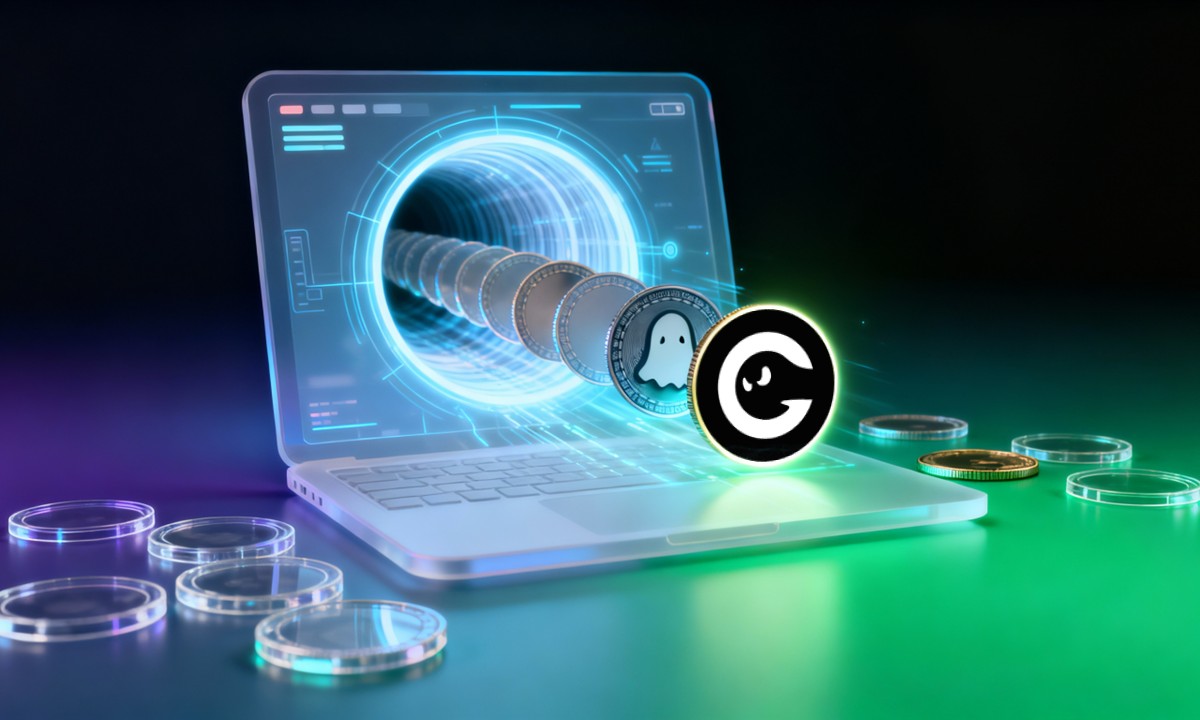
In an increasingly traceable market, one question keeps popping up in conversations between traders and even in generative AI chat windows: What is the best crypto to buy now when everything seems to be under permanent surveillance?
Tools like ChatGPT have become a kind of narrative thermometer, not because they nail market tops and bottoms, but because they reveal which themes are obsessing the crowd in each cycle. In 2025, one of those themes has come roaring back, on-chain privacy.
While Bitcoin, Ethereum, and the major L1s cement their position as transparent infrastructure, interest in anonymity layers has grown in step with increasingly tight compliance rules. The combined market value of privacy coins has climbed back into the tens of billions of dollars in 2024-2025, with Zcash (ZEC) and Monero (XMR) leading gains that outperformed the broader market.
At the same time, traders started looking for solutions that balance confidentiality with deep integration in the most liquid and fastest ecosystems in the industry. That is where names like GhostwareOS (GHOST) start to stand out. Instead of being an isolated chain, the project is a full-stack privacy layer for Solana.
It is a toolkit for anonymous transactions, encrypted communication, and identity management that runs on top of the network’s high-performance infrastructure. With components like GhostPay, a private payments layer that is about to launch, the idea is to bring native confidentiality to one of the ecosystems with the highest levels of activity in DeFi, memecoins, and payments.
What you'll learn 👉
Privacy Coins’ Comeback In A Transparent Market
The crypto economy was born with the promise of more freedom, but also with a paradox. Almost everything is recorded forever on public ledgers. As the industry has matured, on-chain analytics tools, strict KYC requirements on major exchanges, and international rules such as the FATF Travel Rule have turned blockchains into incredibly rich sources of financial data.
In this environment, privacy coins have for years been both a solution and a target. Projects like Monero and Zcash were pioneers in applying advanced cryptography to transactions.
Monero makes confidentiality mandatory, using a toolbox of techniques, ring signatures, stealth addresses, and RingCT to hide the sender, recipient, and amount of every transfer.
Zcash has taken a dual approach. Transactions can be transparent, similar to Bitcoin, or shielded, using zero-knowledge proofs (zk-SNARKs) that allow the network to verify the transaction without exposing sensitive data.
For much of the decade, the sector has been under pressure. Several platforms cut back trading pairs with XMR and ZEC, especially in Europe, and new rules such as the EU’s AMLR package point to tougher requirements for regulated providers starting in 2027.
Even so, interest never went away. It simply migrated to less visible niches such as self-custodial wallets, DEXs and more specialized use cases. The rotation of 2024-2025 has changed the tone. The comeback of privacy coins is one of the strongest narratives of the period.
GhostwareOS: Privacy Layer For The Solana Era
GhostwareOS was created to be Solana’s dedicated privacy layer. Instead of competing as a standalone blockchain, the project relies on the network’s existing infrastructure, high throughput, low fees and a mature DeFi and NFT ecosystem. On top of that, it adds a stack focused on anonymous transactions, encrypted communication and digital activities that are hard to track.
The $GHOST token is a native Solana SPL token used for routing and incentives within the ecosystem. In practice, this means the asset is integrated into the network’s core logic. Smart contracts and pools on Solana, listings on DEXs such as Meteora and support from aggregators like Jupiter, with liquidity distributed across pairs like GHOST/SOL and similar markets.
The project’s goal is to give users back the ability to operate without exposing their entire history, while staying compatible with what already works on Solana. Its vision is tied to use cases such as discreet payments, protection of journalistic sources, sensitive NGO operations and any activity that should not be mapped in real time by third parties.
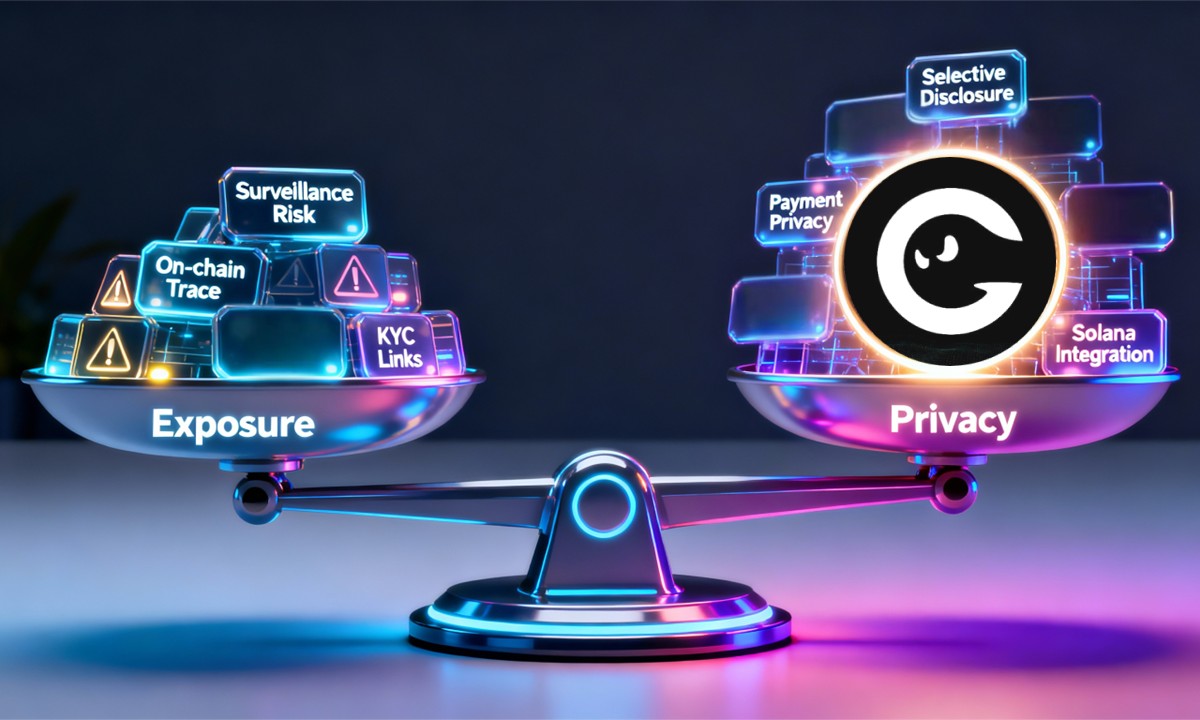
It’s not about hiding, it’s about choosing when your transactions are a signal and when they stay invisible.
Legacy Privacy Coins Vs. New Privacy Layers
When people talk about privacy in crypto, Zcash and Monero are still the main references. They emerged at a time when Bitcoin was already seen as pseudonymous but traceable, and they stepped in to offer strong anonymity as a default technological standard, not as an optional extra.
Solana Vs. Standalone Privacy Chains
The rise of solutions like GhostwareOS is happening in a very different tech landscape from the one Zcash and Monero were born into. Instead of fighting for space as its own chain, the idea is to plug privacy into an infrastructure that is already established, in this case, Solana.
Solana has become one of the highest-throughput networks in the market, with block times measured in seconds and a theoretical capacity for thousands of transactions per second, optimized for high-frequency applications. Fast DeFi trading, memecoin markets, NFT trading, and payments with low fees.
Transparency is total. Every transfer, swap, or dApp interaction is exposed on explorers like Solscan, with a history that is easy to trace. Legacy privacy chains such as ZEC and XMR work differently. They are the very substrate of the private transaction. That comes with both advantages and limitations.
Advantages
- Security and privacy model designed end-to-end for that specific protocol.
- Community and tooling focused on that single goal.
- Long battle-tested history in production, with bugs found and fixed over the years.
Limitations
- Slower integration with new waves of applications such as DeFi, NFTs, gaming and payments on modern L1s.
- Fewer native bridges into high-liquidity ecosystems.
- More friction for traders who live on networks like Solana or Ethereum and do not want to leave their main hub.
The privacy-layer model on Solana follows a different logic. Instead of creating a new ecosystem from scratch, the layer fits into the flow traders already use, such as Solana wallets, DEXs, liquidity aggregators, bridges, and marketplaces. The promise is to make part of these flows opaque to casual on-chain surveillance, without forcing a full migration to another chain.
Are Privacy Coins Really The Best Crypto To Buy Now?
Calling privacy coins the best crypto to buy now in 2025 is less a definitive verdict and more a shortcut to talk about something specific: the reopening of a narrative that never really disappeared, but stayed in the background while the market chased other trends.
On the other side, actual usage of these assets is growing, especially in self-custodial setups and in DeFi, and new solutions are trying to plug privacy directly into high-liquidity networks instead of keeping it siloed on standalone chains.
Zcash and Monero remain the core of the sector, with years of battle testing in production and a technical track record that few protocols can match. GhostwareOS is not trying to compete with that history. It wants to extend the reach of privacy into the hot core of Solana, offering a layer that connects directly to the day-to-day flow of users who already live on that network.
From active crypto traders to DeFi participants who do not want every rebalance exposed on a public chart, the $GHOST token could be a timely way to enter a market that is heating up again.
DISCLAIMER: CAPTAINALTCOIN DOES NOT ENDORSE INVESTING IN ANY PROJECT MENTIONED IN SPONSORED ARTICLES. EXERCISE CAUTION AND DO THOROUGH RESEARCH BEFORE INVESTING YOUR MONEY. CaptainAltcoin takes no responsibility for its accuracy or quality. This content was not written by CaptainAltcoin’s team. We strongly advise readers to do their own thorough research before interacting with any featured companies. The information provided is not financial or legal advice. Neither CaptainAltcoin nor any third party recommends buying or selling any financial products. Investing in crypto assets is high-risk; consider the potential for loss. Any investment decisions made based on this content are at the sole risk of the readCaptainAltcoin is not liable for any damages or losses from using or relying on this content.



